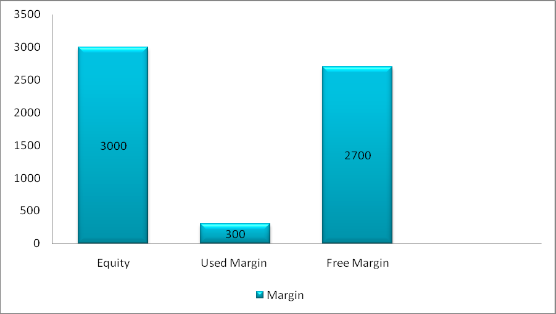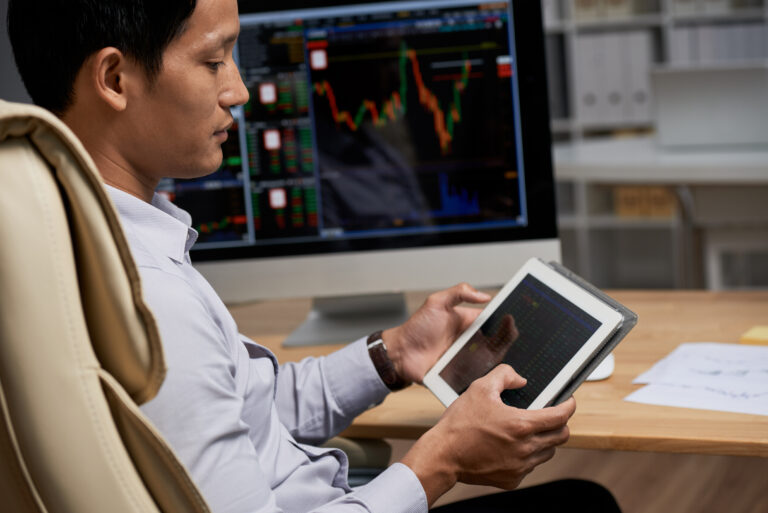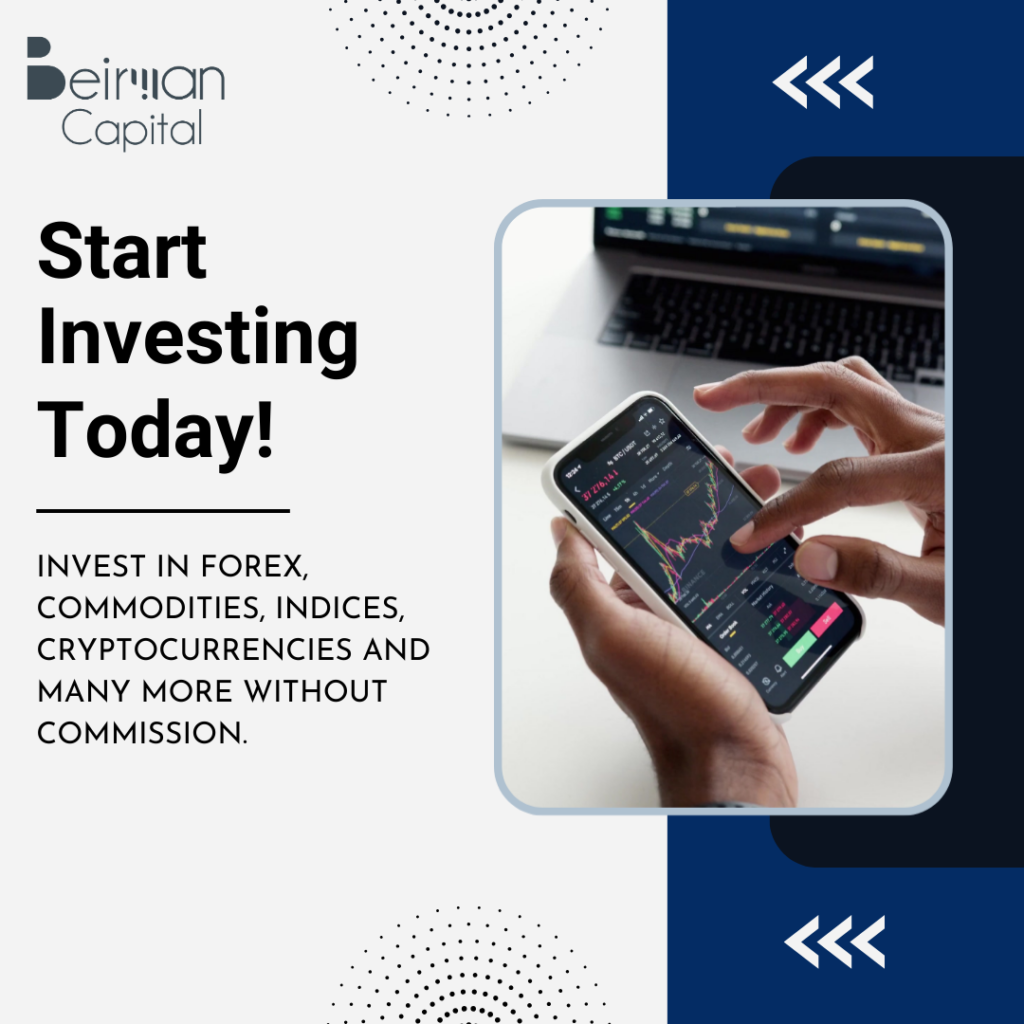How to calculate margin in trading
A margin is a collateral deposit that a trader has to keep to open or maintain a trade position. Learn how to calculate margin with pros and cons.
Have you ever heard of margin or traded using margin? If not, then you should learn about this trade element as it can surely magnify your profit. In this article, we learn about what margin is in forex trading, its elements, pros and cons, and how to calculate margin with examples.
What is Margin in Forex Trading?
Margin is a collateral deposit, portion or a fraction of the trading capital that a trader has to keep in his account to open or maintain a trade position.
Margin is used for trading in different financial markets, including forex, cryptocurrencies, commodities, and stocks.
The main aim of margin is to allow traders to open large positions or take advantage of leverage facilities with relatively small capital. For the same, a trader has to maintain an amount in their account.
Elements of Margin Trading
Before moving ahead with how to calculate margin in trading, let us have a look at key components that help in understanding its concept.
Minimum Margin: It is the amount or fraction required to open a margin account with a broker. The amount depends on the account type or a broker.
Equity
Equity is the sum of the account balance and all unrealized profit or losses from open positions. In case of no open position, equity is simply your total account balance.
Unrealized Profit or Loss
Unrealized or floating profit is the profit from the open trade that has not yet been added to your account. It means that the trade is not closed, and your profit may turn into a loss if the market changes.
Used Margin
As the name suggests, the used margin is the amount of the trade capital that is already used to open a trade.
Free Margin
It is the amount that is available to open new trade positions. It is the difference between equity and used margin.
Margin Level
Margin Level is the percentage which is calculated by dividing equity by used margin (Equity/Used Margin)*100. A trader should try to maintain a high margin level to avoid margin calls.
How to calculate margin in Forex
Beginners or novice traders may find the concept of margin complex. However, let us have a look at a margin trading example for a better understanding.
Suppose you have opened a margin account with a broker with an initial margin requirement of 30%. It means that to place a trade worth 1000 USD, you need to have 300 USD as your initial margin in your account.
Now, suppose you have a deposit of $ 3000 in your account, which means you can place a trade worth 10,000 USD with this amount.
Account Balance: 3000
Margin level: 30%
In this case, suppose you have placed the trade worth of 10,000 USD Dollars, so now the used margin is 300.

Free margin = Equity – Used Margin
= 3000 – 300
= 2700
In the above example, the account balance was sufficient, but suppose a person has 600 USD in his account and he has an open position of 10,000 which means he has already used the margin of 300 USD.
Now, if the person wants to place a worth trade of 20,000 USD, then he needs to deposit more funds as he can only place a trader worth 10,000 USD with the free margin.
Pros of Margin Trading
You have understood the concept of how to calculate margin. However, before you start trading in the margin, you should get yourself well-versed in the benefits and limitations of trading margin.
Leverage
One of the key advantages of a margin account is it allows traders to trade using leverage. Experienced or Professional traders use leverage or borrowed money to place big trades with relatively small capital.
Also, new traders with small capital can use margin to make potential returns. Suppose your broker offers leverage of 1:500; it means you can place a trade worth 250000 by maintaining a margin of 500 USD.
Diversification
As we have studied above, margins allow traders to place relatively large trades as compared to their trade capital. So, one can also benefit by diversifying the capital into different markets.
Let us take, for example, a person with a margin account of 20%. He has an account balance of 1000, which means he can place a trade worth 20,000 USD.
It also means that instead of placing one trade, he can diversify capital into currencies, cryptocurrencies, stocks cfds, indices and other assets.
Trading Opportunities
There are different types of currencies in the market with different conditions. You may require significant capital for trading in a currency with high value.
Traders with small capital may not invest in such currencies. However, margin increases traders’ exposure and increases their buying power. As a result, even traders with little capital can invest in high-return assets.

Cons of Margin Trading
With the above benefits, trading in margin also has some restrictions; let us have a look at these limitations and how to tackle them.
Margin Cost
Margin is a facility offered by a broker to a trader, which means it is borrowed funds provided by a broker to a trader. So, your broker may charge interest or fees on trading accounts.
Margin Call
One of the biggest disadvantages of margin in trading is a trader can get a margin call in forex for not maintaining the required margin.
As we have studied above, for opening a new position or continuing the open position, a trader needs to maintain a margin amount.
In this case, if a trader fails to maintain the required margin, he may get a margin call from a broker. In addition, the broker may close your existing trades.
Amplify Risk
As we have studied above, margins allow traders to make large profits. However, a trader should understand that the probability of making a huge profit and the chances of losing significant money are also there.
In addition, traders may end up blowing their accounts due to the unorganized use of margin and leverage in trading.
Emotional Pressure
rading in margin requires continuous monitoring of account balance to avoid a margin call. It may give birth to fear, greed and lack of confidence.
Ultimately, margin can create psychological pressure on a trader’s mind. So, traders should master emotional management before starting trading in margin.
Wrapping Up
We had a detailed study about what margin is in forex trading and how to calculate margin percentages. Margin has many benefits and some limitations, too.
However, a trader should understand the margin in trading can exaggerate your profits as well as loss. So, a trader should practice margin in trading well.
In addition, you should also embrace risk and leverage management to use margin effectively. Continuous monitoring and effective trade implementation can surely take your margin trading journey to the next level.
Get Complete Forex Trading Assistance



